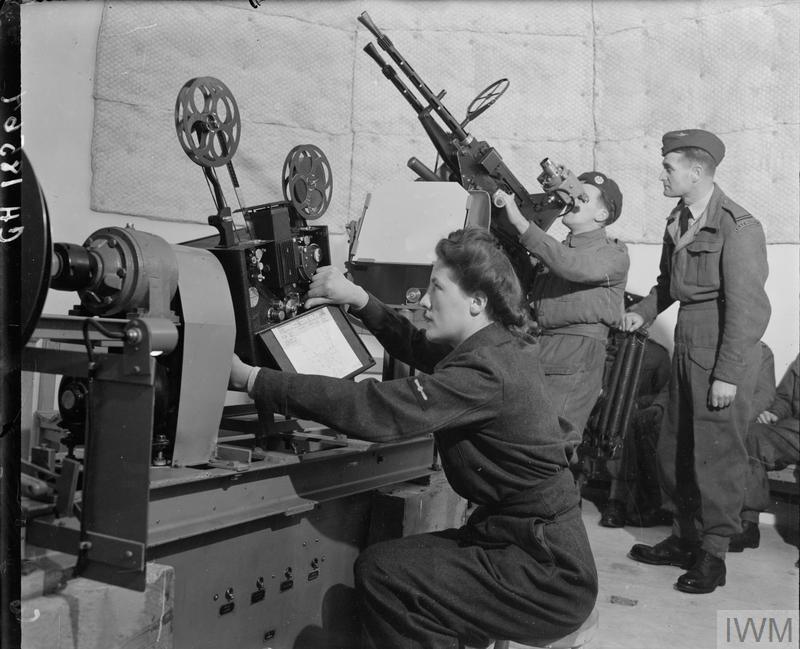Dome Trainer Shoreham Airport
The Shoreham dome gunnery trainer was built in 1943 during the Second World War for training ground gunners in airfield defence. It is a hemispherical building, 12m in diameter, with an entrance on the north side. It is constructed of concrete and metal mesh, which is covered with gritted tar. The interior of the dome originally displayed projected films of moving aircraft. These were fired at by trainees using a dummy anti-aircraft gun.
Despite partial damage by fire in the past, Shoreham Airfield dome trainer survives in poor condition. It is a rare example of a Second World War dome trainer. 43 were built in Britain and there are now 6 surviving examples although one of similar design is a scheduled ancient monument at Langham Airfield, Norfolk. As a significant testament to the development of military training and as an example of enterprise and intuition in airfield defence, at a time when Britain faced one of the greatest airborne threats of the twentieth century, it is regarded as of national importance.In the centre of the dome was a dummy Bofors AA gun. Films were projected onto the dome ceiling and showed aircraft flying towards or past the trainees, who had to identify the plane as friend or foe. The projection system used a novel way to check that gunners offset their aim correctly. Gunners would be required to aim ahead of the aircraft to account for the speed of their shell and speed of approaching aircraft for their “fire” to hit a target. This was their offset firing technique. The film showed a yellow dot at the place where the aim should be for a hit but the gunners would view the projected image through a yellow filter on their gun sight and could not see that spot. The instructors, and other trainees spectating, could see both the yellow dot and a white flash spot projected from the gun barrel when ‘fired”. If these coincided, the gunners had it right. The instructor could move the projected image of aircraft by adjusting the mirror to move the image across the wall of the dome to simulate moving target. The “range” of each image could be adjusted at the rear of the projector. Sound of gunfire also played a part in the training sessions. The projected film of aircraft would have been manufactured in a monochrome – with the yellow dots added by hand, frame by frame, to mark the offset position in front of the aircraft. The bofors gun had its own projector to provide the gun sight projection and white spot flash upon firing.
Do you have more information about this location? Inform us!
Source
Nearby
Point of interest
- Shoreham Airport - Shoreham-by-Sea
- Shoreham Airport Main Hangar - Shoreham-by-Sea
- German 250Kg Bomb Shoreham - Shoreham-by-Sea
Monument
- War Memorial St. Nicholas Church Shoreham-by-Sea - Shoreham-by-Sea
- Memorial Aircraft Propellor B-26 Marauder - Shoreham-by-Sea
- Memorials St Mary de Haura Church - Shoreham-by-Sea
Cemetery
- Commonwealth War Graves Old Shoreham Cemetery - Shoreham-by-Sea
- Commonwealth War Graves Shoreham-by-Sea Cemetery - Shoreham-by-Sea
- Commonwealth War Graves St. James the Less Churchyard - Lancing
Fortification
- Pillbox FW3/24 Shoreham - Shoreham
- Anti-Tank Pillbox Shoreham - Shoreham
- Pillbox FW3/24 Shoreham - Shoreham






